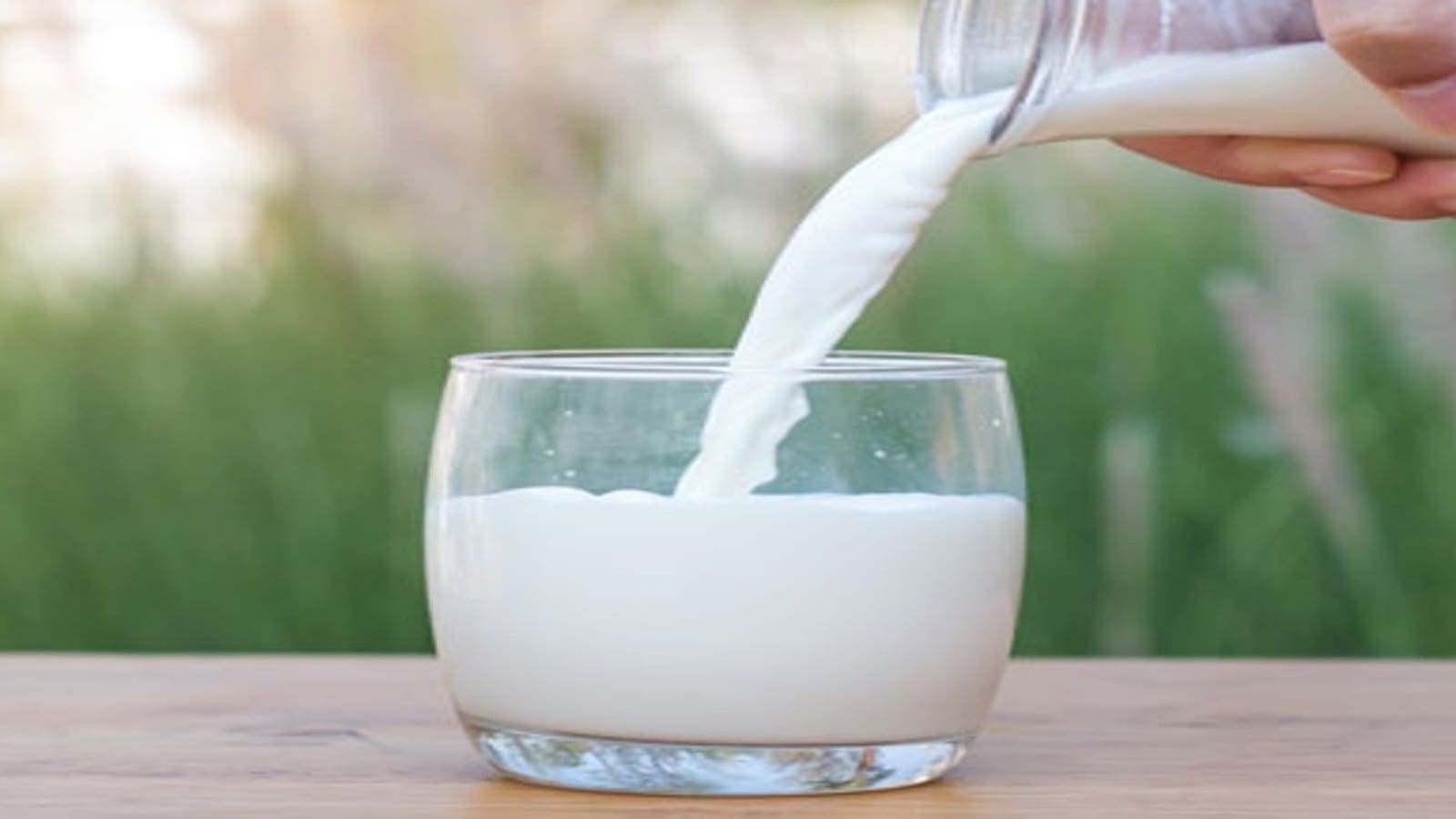NEW ZEALAND – Milk production in New Zealand, one of the largest dairy producers in the world, is forecast to attain record production levels in 2021 despite of a shrinking national dairy herd.
According to projections from the United States Department of Agriculture, total milk production is forecast at 22.2 million metric tons (MMT), 1.2 percent above the 21.98 MMT produced in 2020.
USDA attributes the expected uptick in dairy production to an adequate preparation from farmers for the second half of the New Zealand production season and a cow population that was generally in a good condition.
According to the agency, pasture supplies in the country were high and there were normal to above-normal levels of conserved feed.
Additionally, there was enough rainfall in the main dairying regions of Waikato and Taranaki to ensure that production during the first half of the year should significantly surpass production during the same period last year.
As a result of the recently released projections, Whole milk powder (WMP) production is now forecast at 1.56 MMT and would be nearly one percent up on the estimated 2020 production of 1.55 MMT.
Cheese production is expected to remain firm at 370,000 MT, nearly six percent greater than 2020 while Skim milk powder (SMP) production is likely to bounce back in 2021 to 385,000 MT, a four-percent increase on 2020 following the near five-percent drop in 2020.
A falling cow population
Despite a rise in milk production, New Zealand cow population is expected to reduce by 200,000 from 4.92m head being milked at the start of 2020 to 4.92m, a 0.44% decline.
Cow numbers are further forecast to reduce slightly by 25,000 head to 4.88m going into the 2021 spring.
Cow numbers are continuing to drift downwards as farmers continue to adjust to the new freshwater environmental protection regulations and the looming climate change regulations.
At this rate of decline, though, farmers can feed their remaining cows better and negate potential production losses.
On prices, USDA forecasts the initial forecasts for the farmgate milk price for New Zealand 2021/2022 production to be lower than 2020/21.
However, they are still expected to remain strong, which will support farmers in making spending decisions on supplementary feed if the need arises.
Liked this article? Subscribe to Food Business Africa News, our regular email newsletters with the latest news insights from Africa and the World’s food and agro industry. SUBSCRIBE HERE











